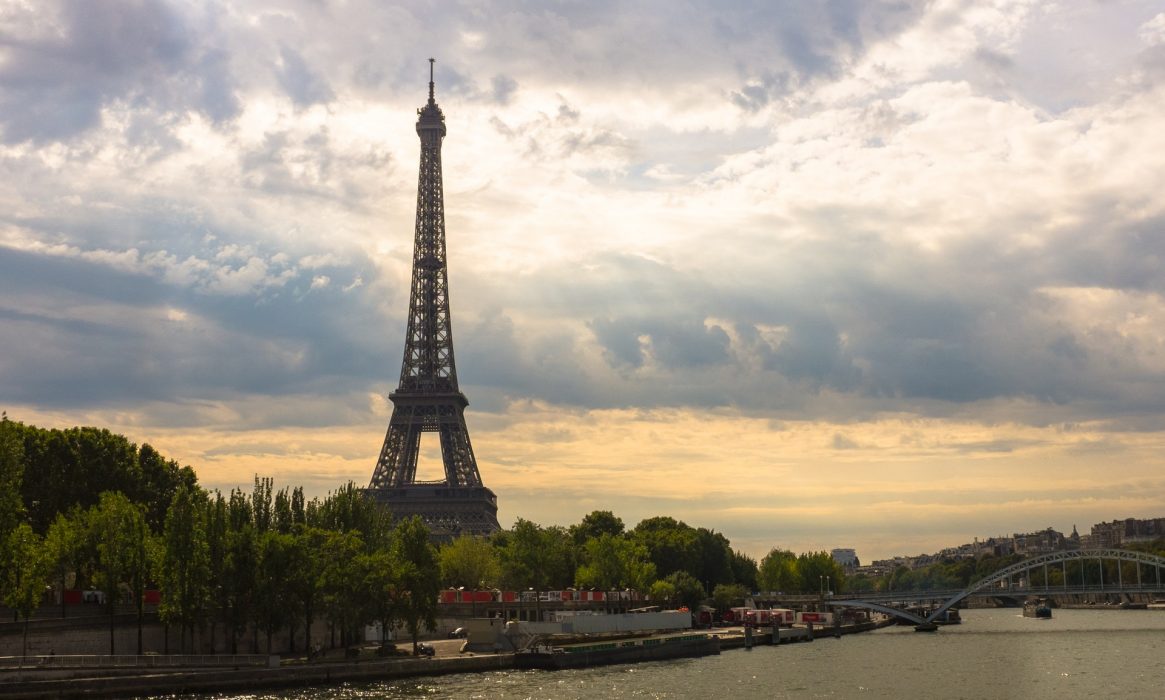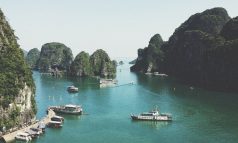
Planning the Route of the Tour de France
For a race with the tradition and amazing legacy of the Tour de France, as much effort must go into the preparation of each year’s edition as the riders put into finishing the race in first place. The Tour de France is famous for its length, its variety, and the grueling demands it places on those who attempt to conquer it, as well as the other competitors. Therefore, the race organizers must put a lot of effort and time planning each year’s race, to ensure that each installment is worthy of the reputation that the Tour de France has earned over the last 105 years.
There are many things that have to be taken into account when planning the yearly route of the Tour de France. For one, stages must combine to make a certain overall length that will be similar to races past. At the same time, there must be a variety within the stage types, with small, medium and large climbs to go with sprints and individual time trials. It’s important that the course be balanced, so that neither the climbers, sprinters or the time trial specialists have an unfair advantage over the other racers.
One of the most charming aspects of the Tour de France is the fact that the race highlights French towns that otherwise would never get the kind of global attention that they do during the race. The Tour de France is the one time of year that a relatively small community can become, for one day at least, the center of the cycling universe. The experience can be overwhelming, amazing, and a dream come true all at the same time for the towns involved.
To even be considered as a town that will be part of the Tour de France’s route, towns must submit their request and be part of a long and sometimes tiring selection process. Meetings are had, town leaders give their best arguments for their inclusion and votes are performed, among other things that have to be done to decide which towns will be home to Tour de France stops. The decision can be a difficult one, as towns have to be able to accommodate all of the hoopla and saturation that can occur from being part of such a huge and historical event.
Meanwhile, the individual stages must be combined to make a meaningful whole and to give the race a cohesive feel. The Tour de France has to be planned carefully, so that riders don’t have several stages in a row of huge mountain climbs or sprints. Also, rest days have to be scheduled in, and in a town that can accommodate the swell of humanity that will come and go over a 24 to 48 hour period as a result of the Tour de France stopping by.
It’s also important that the race itself not be a stale retread of the ones from years past. Each Tour de France has to respect the tradition of the race while creating its own identity simultaneously. For this reason, some towns are a part of the race seemingly year after year, while each year, the race organizers attempt to add some new flavors to the proverbial stew to keep things fresh.
As you can see, planning the Tour de France is quite a daunting task. Although the people behind the scenes will never get the fanfare and attention that the riders who traverse the race receive, they are in many ways just as important when considering the outcome of the race and how entertaining it is.

Vanessa Smith
Hello, I am Vanessa smith, a travel blogger who adores traveling. Travelling has made me learn many life aspects. Hope these blog contents spark your inner traveler and inspire you.















